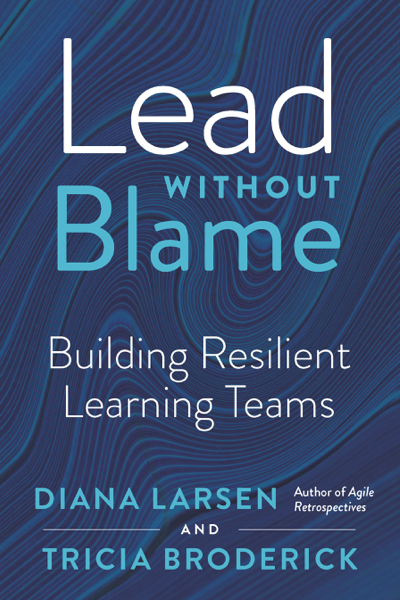Connection is defined as a relationship in which a person, thing, or idea is linked or associated with something else (source: oxford dictionary).
I’ve always been a big advocate for building connections within teams. For many people, this means just providing a shared purpose to give people a reason to be associated. As valuable as a shared purpose is, this doesn’t do enough to create the connections necessary to deliver results. Connections take intentional and ongoing efforts to build relationships that foster collaboration.
There is no one checklist to follow to build connections. Humans are tricky that way. Even in this more virtual world, spending effort to build connections remains important. But I recently experienced a common scenario that highlights a problem due to the lack of connection:
Everything seems difficult: I’m part of a professional work community all associated with a common concept. We have the ability to email the entire community for discussions. But the conversations are frequently fraught with tension, misunderstandings, judgment, etc. For example, one person asked something akin to “what would be good next training to take?” and this email thread turned hostile within a few replies. I know, how is that possible? Because there was a judgment about response ideas, misunderstandings of the question, tangent responses that took the thread in a different direction, etc. I wish I was surprised but that is often how these threads go. Because the words written are only part of how people communicate. Asynchronous communication misses tone, interaction, volume, etc. So if I don’t have a connection with the person writing the message, it can be easy for my brain to imply/assume/react to the literal words. Having a shared overall concept together does not actually bring us together to collaborate. We have to want to collaborate…and if the only interaction is these asynchronous messages, I am not building any type of relationship (except maybe a negative one)…thus interest continues to diminish. Even easy wonderful questions, seem to create drama and you stop being surprised by the pattern…in fact, you expect it now.
Now I’m not saying everyone on a team has to be best friends. For me to collaborate at my most creative mind, I have to feel a sense of belonging and safety. Otherwise, I might filter ideas. I might avoid risks. I might worry about what others think. I might go along with the group. But when I have a relationship with someone that I know to be creative and intelligent…that I know to have good intentions…that I know wants me to succeed, then I thrive.
One of my favorite ways to build connections is by doing a book club together. As the book topic is “neutral” (meaning that it’s not about one person/team/outcome to collaborate on), people get a chance to explore and question together. This includes insights from the book, challenges or questions the book raised and ideas for application, etc. As we discuss the various chapters, I often gain an appreciation for people’s knowledge, experience, and vulnerability. As a bonus, we sometimes get to collaborate (even if it’s only hypothetical) about possible implementation approaches for the content.
How do you build connections in the team?




